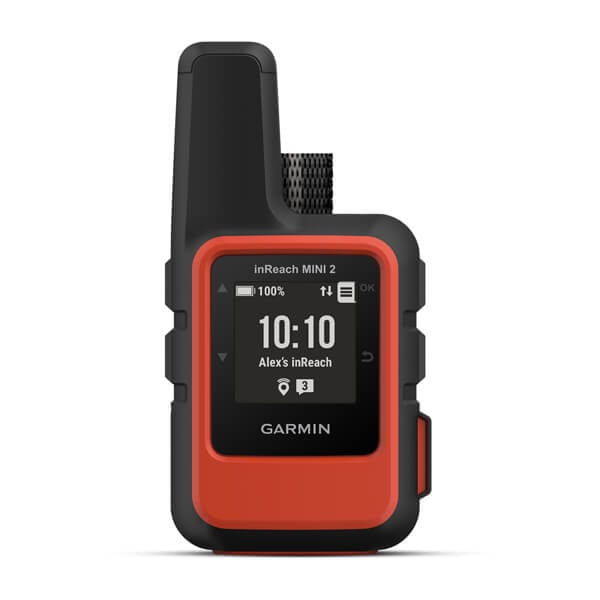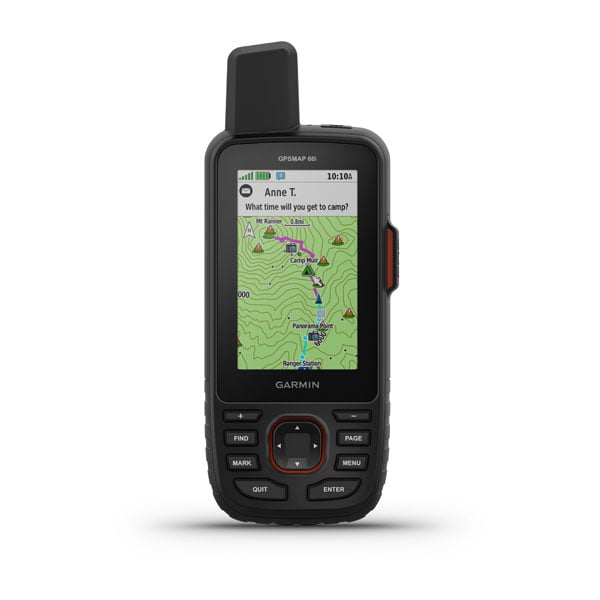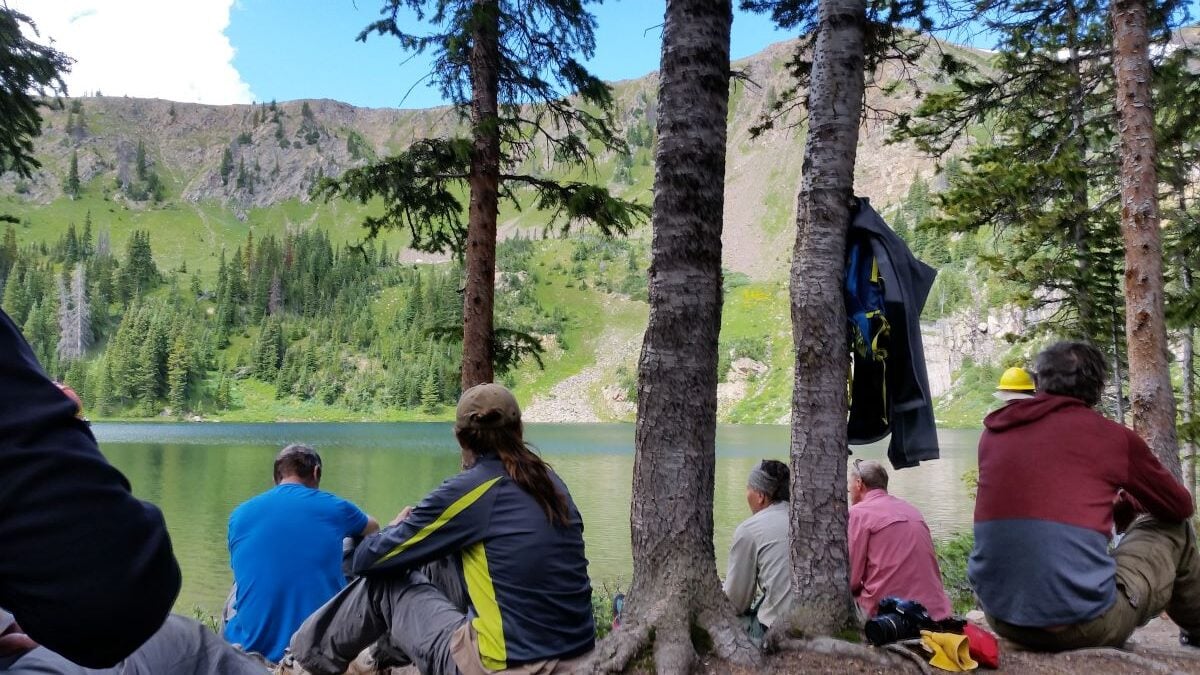
Helping to Save a Life: Rapid Onset of High-altitude Pulmonary Edema
Brian Bone has been an inReach® device user for 8 years. He shared with Garmin what prompted him to buy his device all those years ago — and the day he was especially glad he had it.
I was originally inspired to buy my inReach satellite communicator device¹ after nearly being stranded in a fast-moving incoming winter storm on a backcountry skiing daytrip beyond cellphone range. It was a day that began great (as they always do) but went south on the descent when we bottomed out in a willow marsh that had been fully buried by snow. I found myself chest-deep and standing in water as the wind chill dropped.
After a soul-sapping slog, we finally made it back to the cars, well after dark and more than 4 hours overdue. One friend’s wife had been beside herself as he missed a group dinner; when he finally called, she had already been on the phone with search and rescue, which was getting ready to launch a helicopter into the storm to search for us.
Had we had an inReach that day, we could have let our families know that we were fine and just running behind. Luckily, we got in touch just in time to prevent the helicopter from launching into dangerous conditions. We bought inReach devices shortly thereafter.
Then the SOS event occurred.
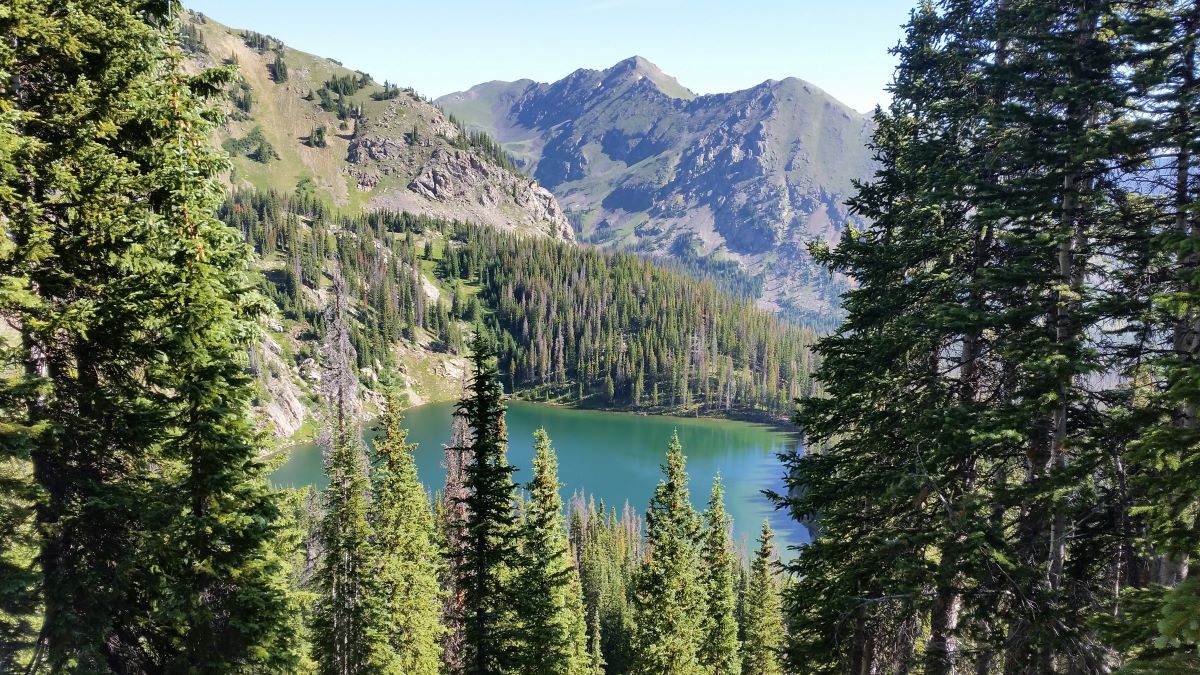
I was a volunteer leader for a national nonprofit organization dedicated to wildland maintenance in partnership with our nation’s land management agencies. As a result, I maintained a Wilderness First Aid certification and one summer was a volunteer leader on a weeklong trip in Colorado’s Never Summer Wilderness. Our mission that week was illegal campsite closure and area rehabilitation around a high-altitude (11,000’) alpine lake.
One of our volunteers, a young man in his early 20s who was a strong college-level athlete, came from sea level just a day before. Our meeting place the day before our hike in was approximately 8,300’ in elevation. The individual had a fitful night’s rest but seemed energized and ready on the day of our 5-mile hike to our camping and work site on Sunday. The hike took us from around 10,200’ up to almost 12,000’ before descending to the lake at around 11,000’. My coleader and I polled our group prior, during and after the hike, and all the volunteers seemed to be in great spirits and feeling well (if winded). Many were “flatlanders,” but all had spent at least some time hiking at elevation, if not extended overnight trips.
Monday — our first work trip — dawned cool and clear, and we set to work digging up and replanting large rocks, felling dead trees, planting stumps and filling the campsite with natural detritus. The young man worked hard, almost as if in a training workout. I advised him to slow down, take it easy and make sure he was taking in water, electrolytes and calories periodically. He followed our advice but still worked hard. We stopped early that day, and everyone retired to their tents for a couple hours of rest prior to dinner.
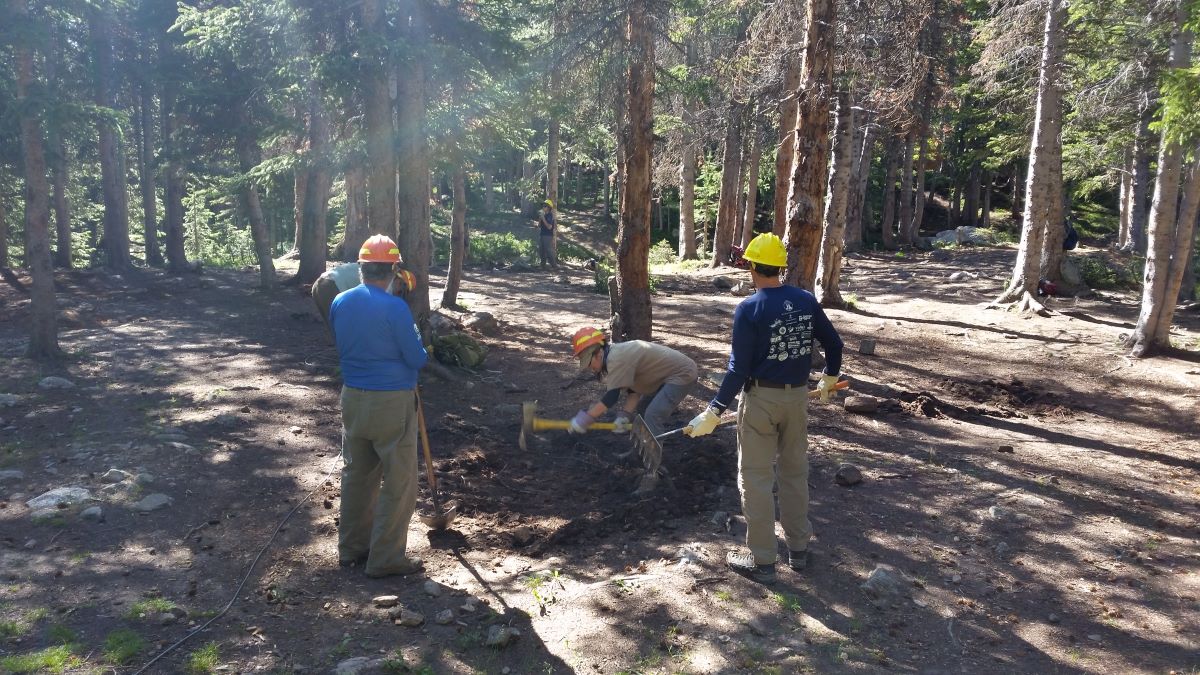
During dinner, the individual was quiet, but he ate like a starved bear and joined in a little after-dinner conversation. But around 7 p.m. he stepped away and, shortly after, one of the volunteers reported that he had vomited his dinner, was feeling tired and had a headache. With an hour of daylight left, we made the decision to let him rest and observe him overnight, pushing fluids and small snacks of trail mix if he could keep it down. With my inReach satellite communicator, I messaged our nonprofit’s volunteer coordinator to apprise him of the situation and that we would make the decision whether to hike him out via a longer but continuously descending route the next morning, based on his condition.
By 9 p.m. it was clear he was degrading rapidly, with a dry, hacking cough and feeling restless and uncomfortable lying down — classic signs of High-altitude Pulmonary Edema (HAPE). By 10 p.m. he had developed a crackling, wheezing chest sound, almost like a broken harmonica. Hiking out was now impossible, even if it wasn’t in heavy forest under a full moon in a tracked mountain lion’s territory.
I messaged my coordinator to let him know I was initiating a rescue and then activated the SOS on my inReach device. The Garmin Response℠ center coordinated a response with rescue agencies, who initially wanted to hike in and carry the individual out. However, after we provided Subjective, Objective, Assessment and Plan (SOAP) reports on the individual’s condition, they wisely abandoned that course of action and arranged for a helicopter evacuation at first light.
We stayed with the individual overnight, taking turns monitoring his vitals. His pulse was weak, fast and irregular; his breathing was irregular and shallow; he had a crackling chest and hacking cough; he was pale, clammy and had minor cyanosis at the base of his gums and fingernails that didn’t progress.
When the helicopter arrived at about 7:15 a.m., they expertly landed in a small clearing within the cirque we were camped in. The EMTs took his vitals and his Sp02 — the latter registering just 54% (normal range is 95% to 100%). They put him on a continuous positive airway pressure machine and supplemental oxygen on his flight out. Still, he gave a thumbs up on the way up, and I’m told he walked off the helicopter into the emergency room, though he ended up spending nearly a week in the hospital recovering. Fluid had built up in both lungs.
The rapid onset of HAPE this young man experienced is rare at this elevation. In another incident where I had participated in a similar rescue — at that time without an inReach — the mountain rescue team told me they most frequently see HAPE develop 72 hours after arrival at elevation and usually 36 to 48 hours after acute mountain sickness symptoms (such as headache, nausea) disappear. This usually prompts the victim to push on, feeling better, and end up deeper in the wilderness farther from easy rescue. The incident had unfolded exactly in that manner and was the experience that had shaped my initial response to our volunteer’s condition.
Thankfully, that day my inReach device was at hand. Now I never leave cellphone range without it.
1Active satellite subscription required. Some jurisdictions regulate or prohibit the use of satellite communication devices. It the responsibility of the user to know and follow all applicable laws in the jurisdictions where the device is intended to be used.
